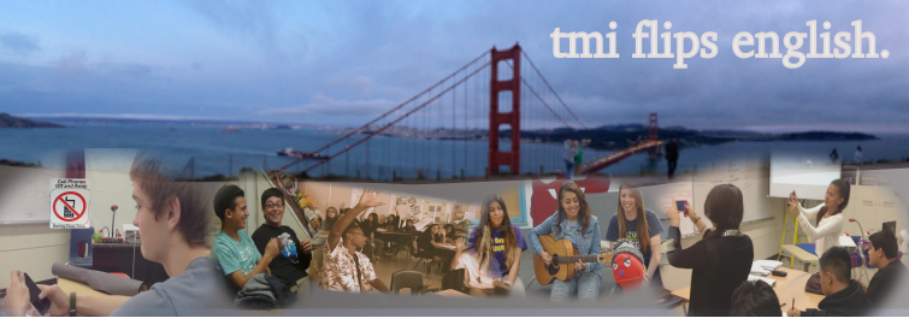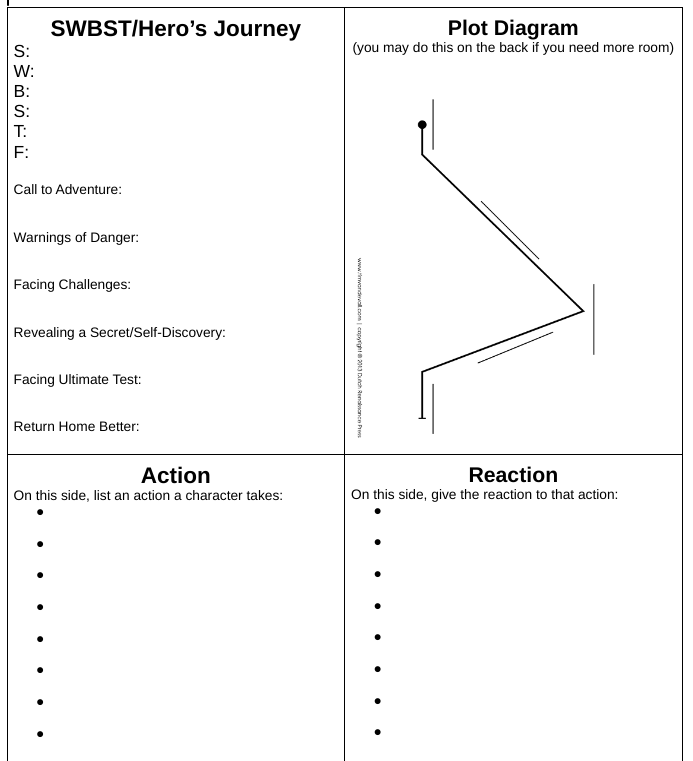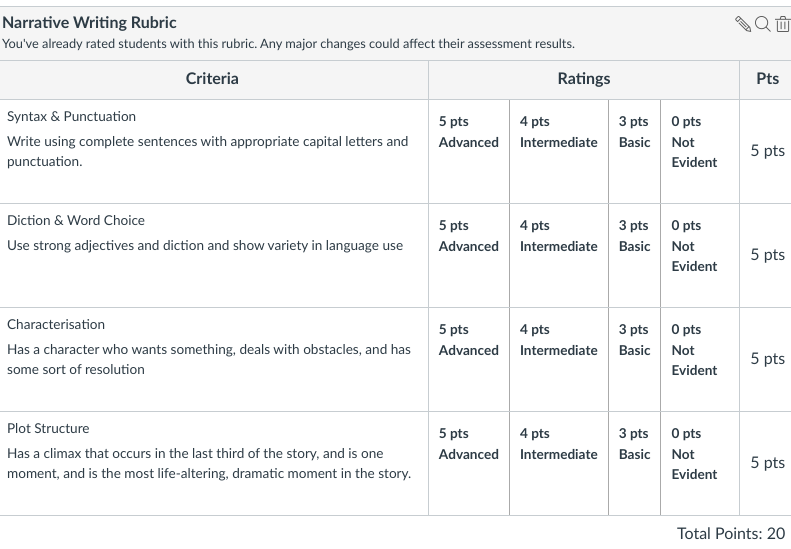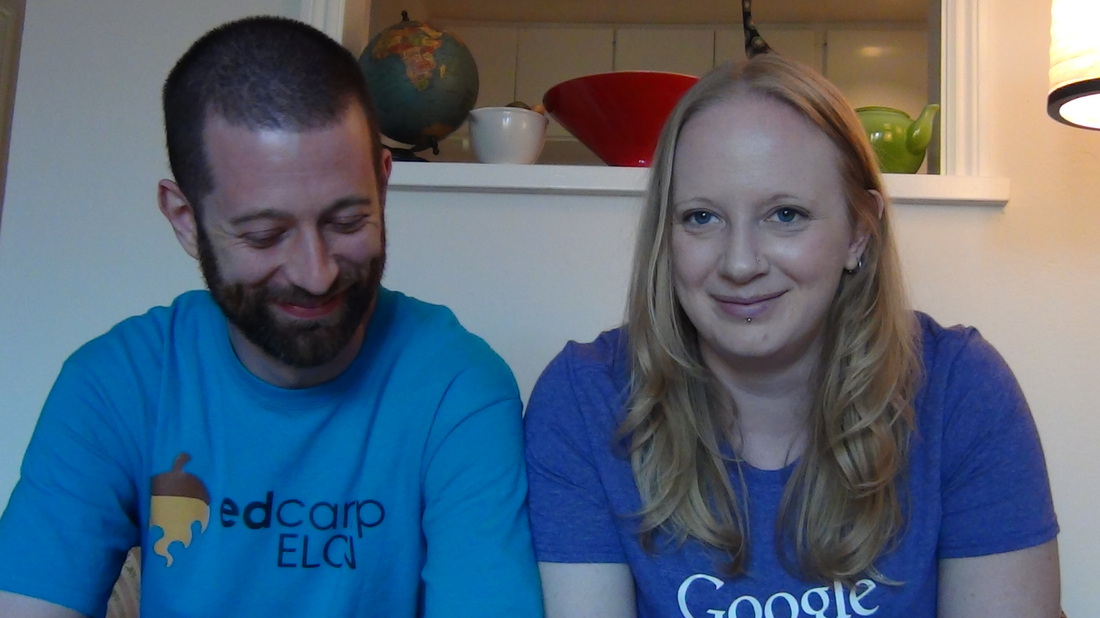I think both of those goals were accomplished.
Over the last seven weeks, they have written short narratives (on Thursdays) based on pictures, or in response to short prompts to get them thinking about their own lives (a time when they fulfilled a character archetype, a heroic act they witnessed or experienced, a time when they failed at something, a time when they faced what felt like their biggest battle, etc.). Those took about 15 minutes each in class, and gave students a wide range of writings to choose to expand into a longer narrative.
The longer narrative could be fiction or non-fiction. The standard we're using is W8.3 - Write narratives to develop real or imagined experiences or events using effective technique, relevant descriptive details, and well-structured event sequences.
I also gave students the option to write an entirely new narrative, rather than rework one of the ones they'd already written. Many took that option, but the best narratives were the ones that used the stories they had already started in previous weeks.
Since we have been studying story structure, for pre-writing, I asked students to use a plot diagram and complete Somebody Wanted But So Then Finally, as well as the simplified stages of the hero's journey. Then they mapped the rising action as actions/reactions, focusing on overcoming difficulties/obstacles.
The vast majority of students were able to produce a reasonable two-page narrative that contained a character who wanted something, and a plot where they faced obstacles, and it came to a climax. Out of almost 90 students, only three submitted nothing. The average score on the rubric was in the 70-80% range, which is pretty good for kids who couldn't ever remember writing anything longer than a paragraph.
More importantly (to me, given that grades are due) was that I was able to read and score those essays in about 90 minutes total. Here's the rubric I used:
For Syntax/Punctuation, we've written weekly etymology paragraphs that I've used to help them learn sentence structure and how to show the meaning of a word using context. They've worked on writing complete sentences in 8 pArts, as well as in sentences using the but/because/so framework (and other activities from The Writing Revolution). Some of those things appear in this post, and some in this post.
For Diction/Word Choice, I wrote about the activities I've used from the book Discovering Voice.
For characterisation and plot structure, we've looked at many different texts and analysed how characters move the plot forward, how the details authors use reveal something about the characters (as well as the narrator), and looked at the patterns authors typically use to tell stories.
Importantly, I feel like I have explicitly taught them everything they needed to be successful on this narrative, and they have practised those skills repeatedly over the last nine weeks.
Next week, they will do their first peer edit. In their randomised groups, they'll read out their essays to one another, while one group member creates a plot diagram and maps the story on the board. The other group member will check for where punctuation should be added and write it in. The goals are that they can A) hear their sentences better, and therefore help each other fix them more easily, and B) see what parts of the story others would label as the climax, rising action, etc.
The hope is that the work they've done at the boards up to this point will help facilitate their ability to share their writing. So far, I've seen students more willing to share what they've written with others, and I have to attribute at least some of that to them regularly working with a wide variety of people in class and the culture of trust that's slowly establishing.




 RSS Feed
RSS Feed
